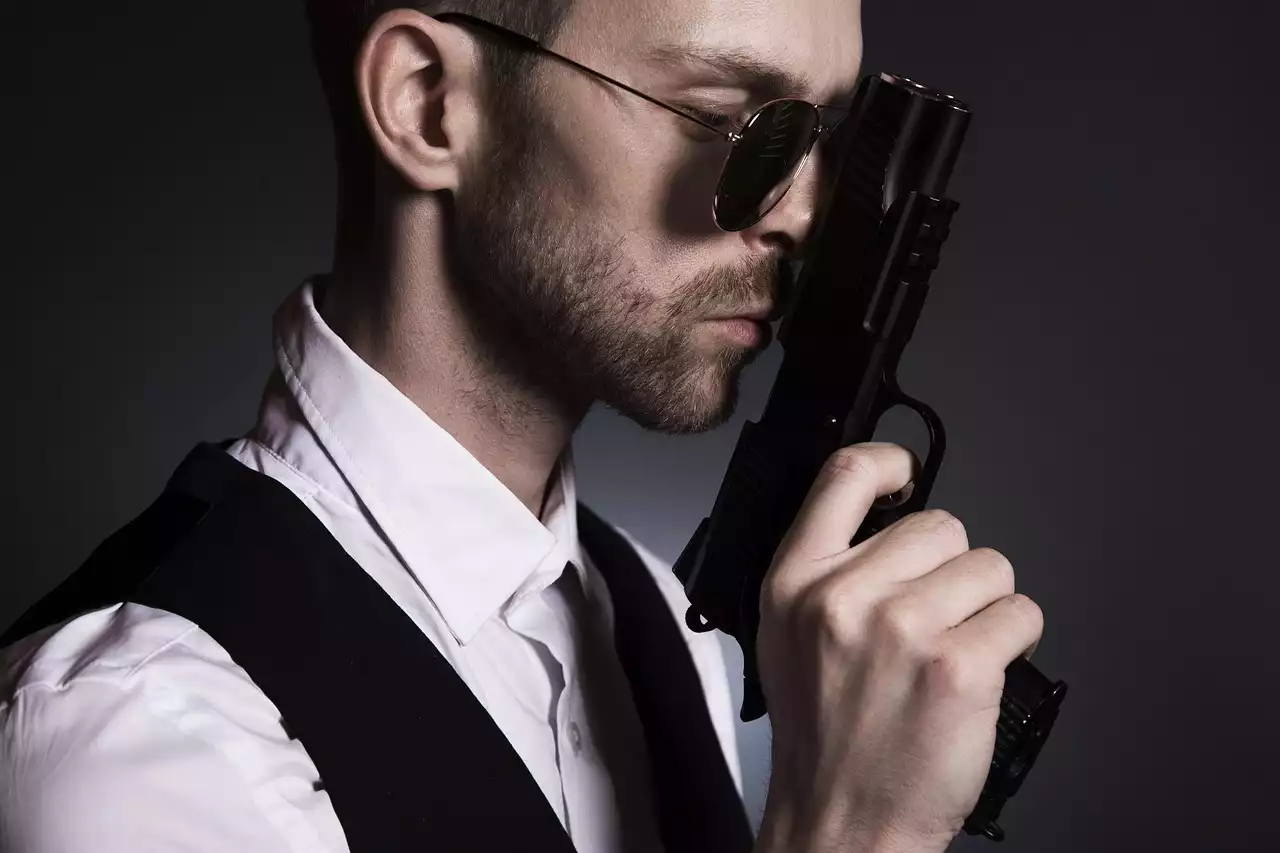When it comes to Las Vegas, the mobsters are just as much a part of the city’s rich history as gambling and showgirls. From Bugsy Siegel to Frank Rosenthal, mobsters have been an important part of Sin City. Some even believe that the mobster presence in Las Vegas is what helped make the city what it is today. Mobsters have been involved in many aspects of Las Vegas life, from casinos and hotels to real estate and entertainment.
Mobsters have also played a significant role in shaping the entertainment industry in Las Vegas. They dominate the sports betting scene, they control some of the most popular shows on The Strip, and they have sponsored major events like boxing fights and UFC tournaments.
The Role of the Mob in Las Vegas
The mob has played a large part in the history and development of Las Vegas. They have been involved in many aspects of Sin City life, from casinos and hotels to real estate and entertainment.
Mobsters have influenced the entertainment industry in Las Vegas as well. They control some of the most popular shows on The Strip, they sponsor major events like boxing fights and UFC tournaments, and they dominate the sports betting scene.
One of the most famous stories about mobsters in Las Vegas is that of Bugsy Siegel. In 1929, he made his way west to visit Los Angeles after being released from prison only to be welcomed by a new era of gangsterism known as Prohibition. It was during this time that Siegel met with Meyer Lansky and other infamous bootleggers who had a plan to take over The Fremont district in downtown Los Angeles with their underground distilleries and speakeasies, which were outlawed during Prohibition. Lansky had already seen how Prohibition helped fuel crime on a national level: for every gallon of alcohol Americans consumed illegally, it resulted in six gallons of alcohol consumption at home; for every gallon consumed at home, it resulted in three gallons consumed illicitly-far more than any government could hope to regulate or tax.
Siegel's involvement was pivotal because he realized that gambling would be the future for criminal gangs like these if they wanted to continue making money when Prohibition ended.
Bugsy Siegal
The first mobster to make a big mark on Las Vegas was Bugsy Siegel. In 1945, he and his partners built The Flamingo, the first luxury resort in Vegas.
Siegel had the idea for the casino after visiting the Last Frontier casino in Reno and seeing how popular it was with tourists.
He hoped that building a similar luxury resort would be able to attract more high rollers (people who play high stakes) to Las Vegas.
But Siegel's plan didn't go as he had hoped-he ran out of money before construction was finished and he couldn't afford to pay his construction crew any longer. To get around this problem, Siegel smuggled liquor into the city and used that money to pay off his workers for one more month until the resort could open.
When The Flamingo finally opened, it attracted plenty of high rollers who wanted to gamble at what they thought would be an elite hotel which only offered blackjack and craps-not realizing that there were plenty of other casinos on The Strip who also only offered those games!
Even if The Flamingo hadn't been successful, it still helped change Vegas forever because it proved that you could actually make a lot of money from building a casino in Vegas, not just from gambling there.
Frank Rosenthal
In the 1950s, Frank Rosenthal was a young bookkeeper for an illegal gambling operation in his hometown of Chicago. The mobsters running it liked him and soon he became a pit boss. In 1960, Rosenthal moved to Las Vegas because he had heard there were opportunities for men like him.
Rosenthal found work at the Stardust hotel-casino and eventually became its head of casino operations. His skills as a numbers man came in handy here; he was able to count cards and make extra money from the games. He soon got involved with casino management, the city’s most powerful boxing promoter, and other high-profile businesses in Vegas.
In 1971, Rosenthal acquired one of the most lucrative casinos on The Strip-the Stardust Hotel & Casino. Over time he turned it into one of the most successful casinos on The Strip.
Rosenthal also created major events like World Championship Boxing matches that helped turn Las Vegas into an international entertainment destination. He was known as "the man who made Las Vegas" because of his role in shaping Sin City's gambling and entertainment industries.
Conclusion
Though they may be gone now, the mobsters and their influence on Vegas will never be forgotten. From the Mob's beginnings in the 1930s to their eventual demise in the 1980s, the mobsters played a significant role in shaping and redefining what Las Vegas was. But with their absence, many believed that the city's reputation would change for the better. However, Las Vegas quickly became a magnet for criminal activity as well as tourism and business. The mobsters may be gone now, but their influence on modern Las Vegas will never be forgotten.


 The Casino Conundrum in Brazil: Analyzing the Pros and Cons of Legalizing Land-Based Casinos
The Casino Conundrum in Brazil: Analyzing the Pros and Cons of Legalizing Land-Based Casinos Unleash Your Inner Crypto Crusader: Expanding Horizons with the Top Bitcoin Casinos of 2024
Unleash Your Inner Crypto Crusader: Expanding Horizons with the Top Bitcoin Casinos of 2024 Breaking: European Sports Betting Updates You Can't Miss!
Breaking: European Sports Betting Updates You Can't Miss! The History of Las Vegas
The History of Las Vegas Las Vegas – The Strip
Las Vegas – The Strip Las Vegas – Sin City
Las Vegas – Sin City A Guide to Day Tripping in Las Vegas
A Guide to Day Tripping in Las Vegas